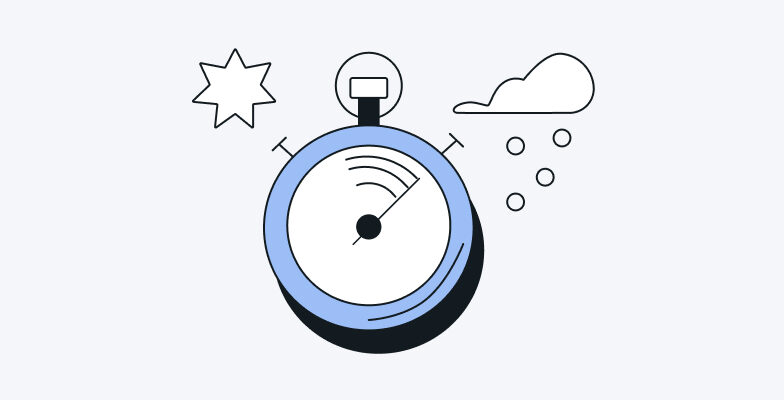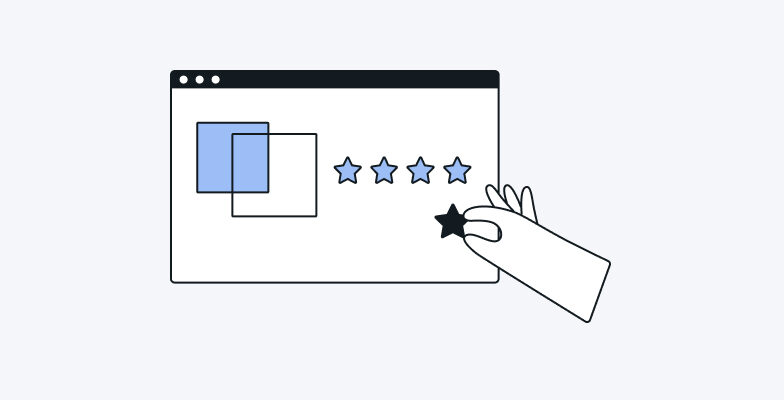When it comes to deliverability, email senders need to know that spam filters pay particular attention to the sender’s address. The sender address is the From address used to send emails to recipients. Internet Service Providers (ISPs) use those filters to make sure only the emails that recipients ask for get to their inboxes.

In terms of sender address, it’s also useful to know that recognizing the sender is the most important factor in determining whether or not a recipient opens an email. This is another reason to carefully define which sender address you will use.
How to determine your sender email address
Here are a few things to keep in mind when choosing from which email address you should send your emails:
- Do not use free web-based email addresses (like @hotmail.com or @gmail.com) as your sender addresses to send your bulk emails. In order not to be mistaken for a spammer, use custom domain email addresses that are linked to your website.
- It’s also recommended that you use a personal sender address, such as charles@yourdomain.com instead of contact@yourdomain.com for example, to be as clear as possible concerning your identity.
- Authenticate your domain name with SPF and DKIM. SPF and DKIM authentication systems notify email providers (such as Gmail and Yahoo!) that incoming emails have been sent from a legitimate sender, and that they are not spam or email spoofing.
- Since you’ll be using your own domain name to send your messages, make sure it is the same domain as your website. Even if you manage both domains, avoid sending messages from name@website.com while your site is on website.fr.
- Make sure your site is active and online. An email address whose domain links to a blank page may look suspicious to spam filters. Your messages will be less likely to arrive in your recipients’ inboxes.
Result
Making sure your sender email address complies with the deliverability best practices will give your emails a better chance of being delivered to the recipient’s inbox.


